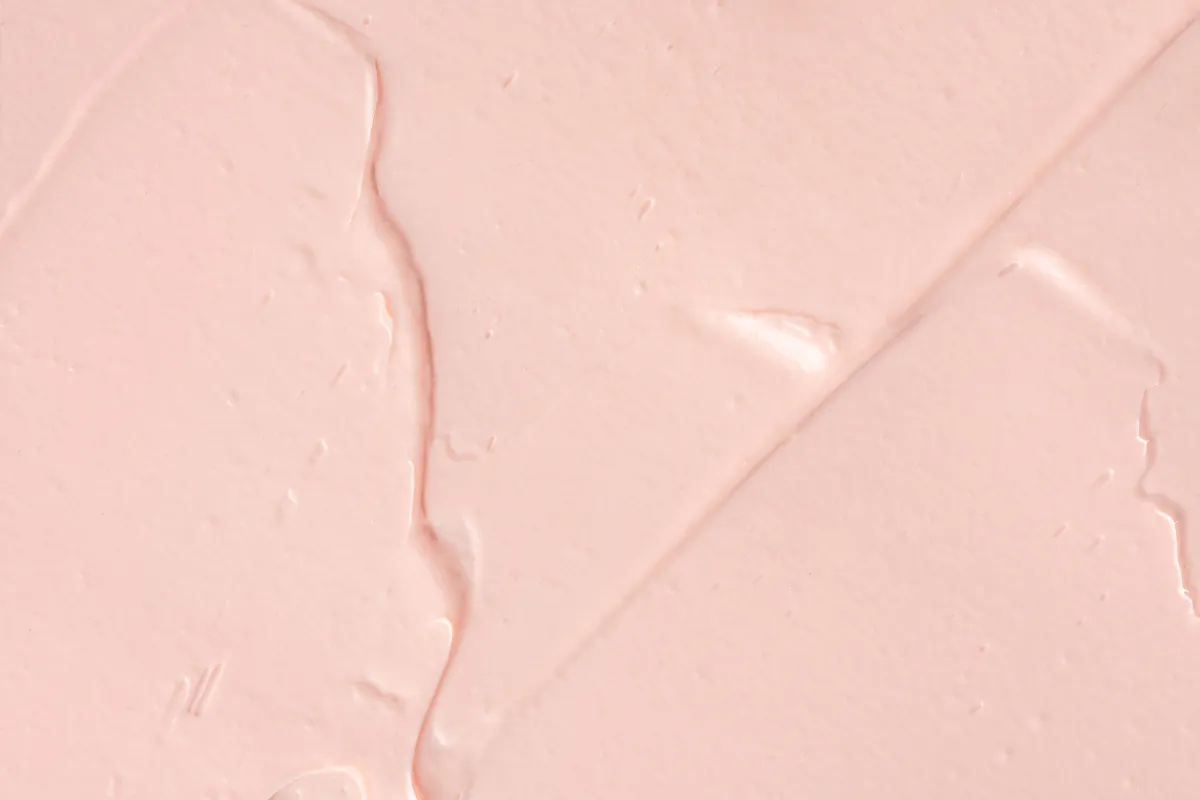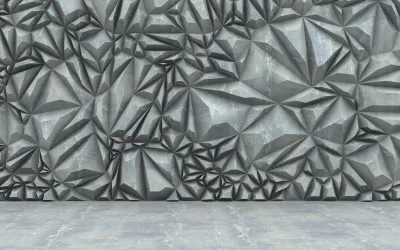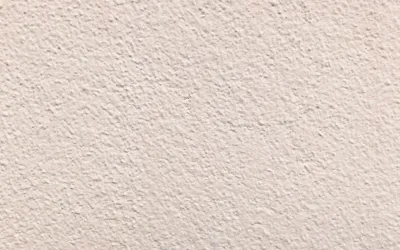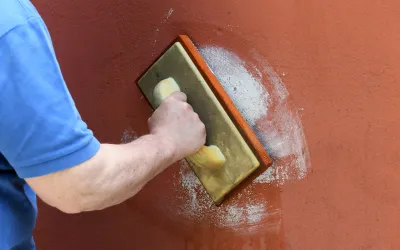There’s a world beyond paint when it comes to wall aesthetics, a mesmerizing world of texture! Homeowners and interior designers have long been exploring various decorating techniques and picture-perfect methods to add a pinch of personality and aesthetics to a space through textured walls. Textured walls act as a canvas for designers, as they allow one to express their unique style and taste.
This variety and versatility often leave homeowners’ heads spinning, especially when deciding which type suits best for their house. Have you ever wondered why a knockdown or orange peel texture can make such an impactful difference?
Today we’re going to delve into the various types of textured walls and how you can use each type to elevate your home.
Textured Walls — Understanding The Design Concept
To truly appreciate and utilize textured walls, one must first understand the design concept that underpins this interior decoration choice.
Textured walls are a creative way to add depth, interest, and specific design styles to a room, working in tandem with color, lighting, and decor to create a certain ambiance.
The purpose isn’t just to heighten visual aesthetics, but also to influence how the room feels. For instance, a knocked down texture can evoke a warm, rustic charm, while a sand swirl texture can instill a sense of elegance and sophistication. Incorporating a textured wall into your space should be a deliberate design decision.
In addition to these functional aspects, textured walls offer endless design possibilities, with many texture types that cater to different tastes and styles.

So whether you’re considering an elegant sand swirl or a modern slap brush texture, there’s a type of wall texture that will perfectly complement your home’s decor and elevate its charm.
Importance Of Wall Texture In Interior Design
Texture is a critical element in interior design, yet it often goes unnoticed. Its power lies in the way it can make a room feel, from calling attention to certain elements or enhancing the overall ambiance
Wall texture, in essence, adds depth to your walls and infuses them with a touch of character. There are seven popular types of wall textures, each of which serves as a backdrop, accentuating your decor and setting the overall tone of your room.
Textured walls are excellent for hiding flaws in your wall’s surface. Blemishes and dents can be easily covered, creating a more polished finish. Adding the appropriate wall texture can authenticate a design style. For example, a skip trowel texture brings Mediterranean vibes, and a knockdown texture can produce a more rustic feel.
Texture involves a touch of artistry. You could opt for a slap brush knockdown texture for a rustic charm or a refined orange peel wall texture for a contemporary feel. A popcorn texture with water might be used on the ceiling for an old-world appeal, or you might prefer to add texture to the wall with a roller for an upscale vibe.
With wall texturing, you can create an accent wall or cover the entire room. It offers endless possibilities to transform your living space, isn’t that remarkable?
The Different Types Of Wall Textures
Welcome to the captivating world of wall textures! Here, we’ll journey through various texture types to help you understand their unique charm and application process, lending meaning to your walls.
1. Knockdown Texture
This type of textured wall is characterized by its mottled appearance. Using a knockdown knife and drywall compound, knockdown texture flawlessly conceals imperfections, ingraining an earthy depth to your walls and ceiling.

2. Swirl Texture
Invoke whimsical aesthetics with this texture. A drywall mud mixture, a brush, and a careful swirling movement deliver this poetic textured wonder. Swirl texture is perfect for creating a warm and inviting ambiance.
3. Orange Peel Texture
Resembling the skin of an orange, this textured wall is achieved by spraying a mixture of drywall compound and water using a hopper gun. It adds a lovely dimension to your room, trumping plain, painted walls.
4. Popcorn Texture
Named for its bumpy surface and popcorn texture, akin to the 70s-era popcorn ceiling, it is ideal for covering significant wall or ceiling imperfections. It’s made by applying a mixture of drywall compound, plaster, and styrofoam balls.
5. Slapbrush Texture
Invoke a wildly rustic feel with slapbrush texture. A slapped-on drywall compound followed by a slap brush maneuver offers a beautifully chaotic texture.
6. Sand Swirl Texture
Combining swathes of sand with drywall mud creates a mesmerizing, sandy swirl texture. Its subtlety and elegance make it a popular choice for adding a finer finish.
Pros And Cons Of The Different Types Of Textured Walls
Choosing the right wall texture can be a game-changer for your room’s aesthetic. Here’s a closer look at the pros and cons of different types of textured walls:
- Knockdown Texture: This type of wall texture pops with a rustic flair and is excellent at hiding imperfections, thanks to a knockdown knife’s artful application of drywall compound. Its downside? Due to its rough topography, you might find painting over it a little tricky.
- Orange Peel Texture: Modern and elegant, the orange peel texture is versatile and relatively easy to apply using a hopper gun. The drawback here lies in its cleaning difficulty. Ridged surfaces tend to accumulate dust more.
- Popcorn Texture: Primarily used on ceilings, popcorn texture offers acoustic benefits and masks flaws. However, it’s dated for some tastes and not the easiest to repair.
- Comb Texture: The comb texture, created by running a unique comb tool through wet plaster, exhibits patterns with a fantastic depth. On the other hand, intricate designs might require professional mastery, leading to extra costs.
- Slap Brush Texture: Achieved with a slap brush and drywall mud, this texture brings wild chaos to walls that many find visually exciting. Its upkeep, though, demands prime and paint efforts occasionally.
Remember, the perfect wall texture type aligns with your room’s purpose, maintenance level, aesthetic preferences, and budget!

Factors To Consider When Choosing A Wall Texture
The beauty of wall texture lies in the diversity it offers. But how do you choose the perfect match among seven popular wall texture types for your room? Here’s a quick mastery of the factors to consider.
First, evaluate the room’s purpose and location. A slap brush knockdown might work great in the living room, while a knockdown wall texture would suit a hallway best. Consider the durability required; a bathroom might need high resistance to moisture.
Texture creates an emotional response. Want a rustic feel? Try a lace drywall texture. Are you eyeing urban vibes? The orange peel wall texture holds the key. Or, embrace modernity with a comb wall texture.
Finally, think long-term. Some textures, like popcorn walls, demand more upkeep than a drywall knife-created texture. Adding texture also involves some compound to the wall, but watching it evenly dry and transform your wall is worth it.
How To Care For And Maintain Different Types Of Textured Walls
Maintaining your textured walls is vital to preserve their stunning appearance and longevity. Here’s what you need to know!
Dust and dirt are more likely to collect in grooves like the orange peel wall texture. To clean, gently vacuum with a soft brush attachment or use a microfiber cloth in a circular motion. Use a soft sponge dampened with water and mild detergent for more stubborn stains. Remember, different wall textures demand varying care.
Textured walls might require occasional touch-ups. Depending on the type of texture, you may need to prime the wall or ceiling before refreshing it. When patching a knockdown wall or a popcorn wall texture, ensure you match the existing texture for a seamless blend. Drywall compounds with water, texture sprayers, or paint rollers can help recreate your desired texture.
Caring for your textured walls will keep them looking fabulous and enduring for years!
As you choose your wall texture, consider the space requirements, desired ambiance, maintenance demands, and DIY capabilities. And, never forget the imperfections your chosen texture hides or emphasizes can bring unique character to your room.

Textured walls can create a stunning dimensional effect, turning an ordinary wall into a work of art. However, it’s important to remember that these techniques require skilled artistry and, often, professional execution to achieve the best results. Consider your personal style, home aesthetic, and practical requirements when choosing the right texture for your walls.





0 Comments